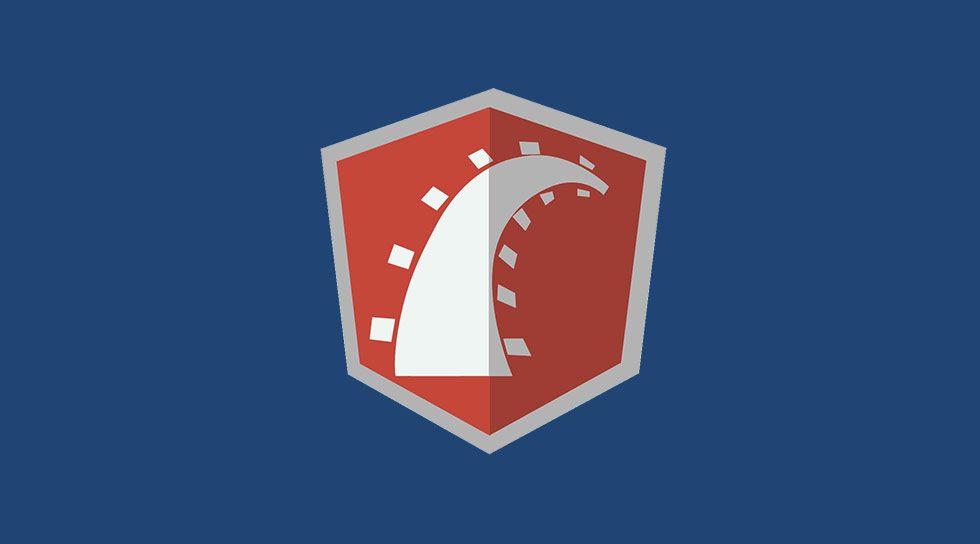originally posted on the Intridea blog here: http://www.intridea.com/blog/2014/9/25/how-to-set-up-angular-with-rails

To get started lets create a new rails app.
In this app, I chose not to use turbolinks. It's possible to use Angular with Rails and turbolinks, but the Angular app bootstrap process is more complex. I find that turbolinks and Angular serve the same purpose, which is to make the app respond faster. Adding turbolinks, in addition to Angular, adds a lot of complexity and not much benefit.
Remove Turbolinks
Removing turbolinks requires removing it from the Gemfile.
Remove the require from app/assets/javascripts/application.js
Add AngularJS to the Asset Pipeline
In order to get Angular to work with the Rails asset pipeline we need to add to the Gemfile:
Next, we can install these gems into our bundle.
We added bower so that we can install the AngularJS dependency.
When adding Angular to bower.json, I prefer to specify the most recent version rather than going with the "latest". This avoids having your app randomly break when a new version is released and your bower installs again.
Now that bower.json is setup with the right dependencies, let's install them:
Organize the Angular App
At this point we'll create the following folder structure in app/assets/javascript/angular-app:
This structure is only a convention and is not enforced by Angular (unlike file naming and organization in Rails). This project structure allows for a single web app to be easily composed of multiple smaller Angular modules rather than one giant Angular app for the whole site.
In app/assets/javascripts/application.js add Angular, the template helper, and the Angular app file structure. That file should now read like this:
Bootstrap the Angular App
Next, we'll setup the Angular app bootstrapping. Create app/assets/javascripts/angular-app/app.js.coffee:
Then, we'll create an Angular module at app/assets/javascripts/angular-app/modules/example.js.coffee.erb
Following the Angular module, we'll create an Angular controller for this app at app/assets/javascripts/angular-app/controllers/exampleCtrl.js.coffee
Now we need to add a route to Rails to pass control over to Angular. In config/routes.rb:
Next, we'll generate the Rails controller to respond to that route:
In app/controllers/example_controller.rb:
In the view we need to specify which Angular app, and which Angular controller will drive this page.
In app/views/example/index.html.erb:
To view the app, start your Rails server and visit http://localhost:3000/example
You can find the code generated here https://github.com/rawsyntax/rails-angular-example